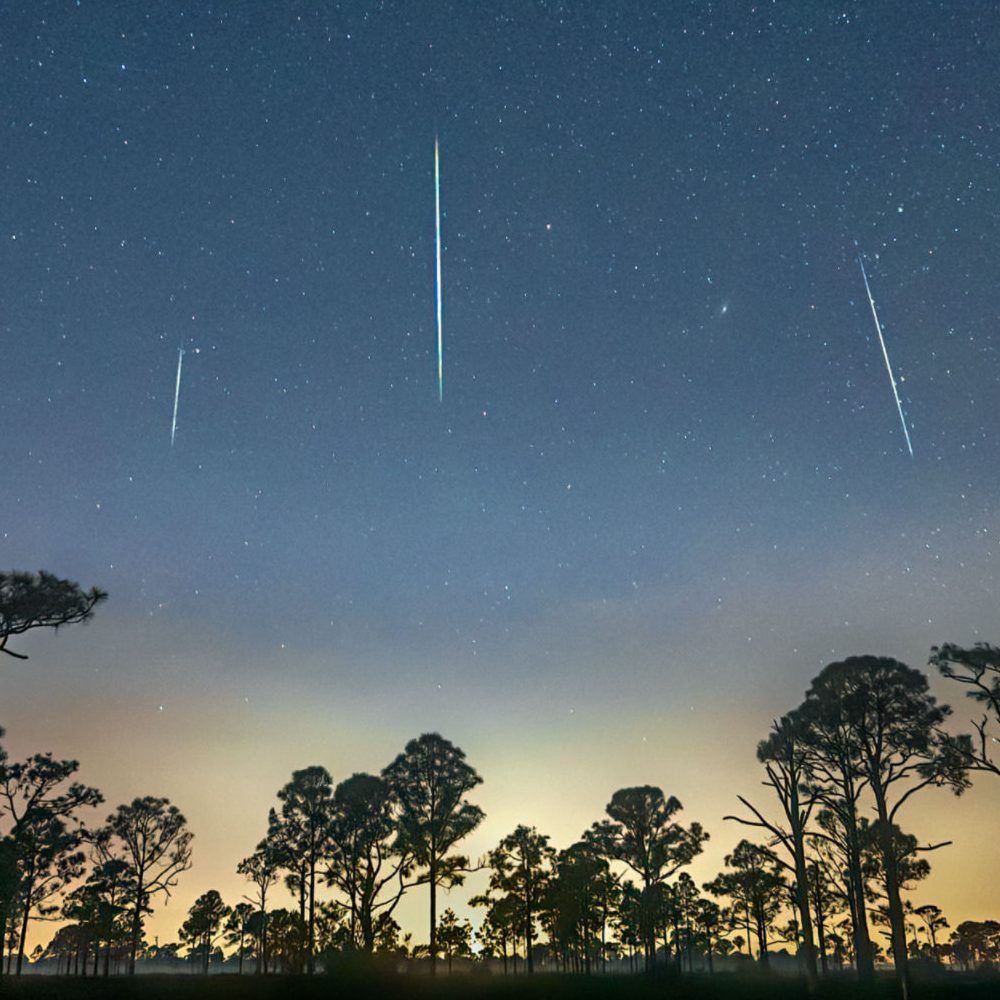
M57, often known as the Ring Nebula, is a planetary nebula — a glowing remnant of a star similar to our sun. The star’s hot nucleus, known as a white dwarf, is represented by the nebula’s focus point, which resembles a minute white speck. M57, located approximately 2,000 light-years away in the Lyra constellation, shines brightly primarily in August. On Monday, August 21, the scientific community announced that the James Webb Space Telescope had managed to obtain two wonderfully exquisite perspectives of this stunning cosmic halo, Ring Nebula.
The newly obtained photos provide an unprecedented level of spatial resolution and spectral sharpness, revealing various complexities via dual infrared observations. The newly released image from Webb’s NIRCam (Near-Infrared Camera) depicts the intricate filament arrangement within the inner ring. Simultaneously, the newly obtained image from Webb’s MIRI (Mid-InfraRed Instrument) reveals unique features inside the concentric elements embellishing the outer expanses of the nebula’s ring.
What did the scientists learn from the Ring Nebula pictures till now?

According to The European Space Agency, deduced from the picture taken by the James Webb Space Telescope, the shape of the Ring Nebula resembles that of a distorted doughnut. It offers a direct view down one of its poles, gazing at the beautifully coloured material barrel that stretches away from us. Despite the seeming hole in the centre, it’s filled with less dense material that extends both towards and away from us, like a rugby ball nestled within the doughnut’s central void.
The bright main ring is made up of ejected gas from a dying star in the nebula’s centre. This star is on its way to becoming a white dwarf. A compact, blazingly hot, and small body that represents the ultimate stage in the evolution of a sun-like star.

The Ring Nebula is an undeniable presence among the celestial treasures that grace our skies. In 1779, astronomers Antoine Darquier de Pellepoix and Charles Messier discovered it thanks to its bright aura, which led to its inclusion in the famed Messier Catalogue. The discovery unfolded as both astronomers sought to trace the trajectory of a passing comet through the Lyra constellation, a journey that unexpectedly intersected with the proximity of the Ring Nebula.
What is the Webb Space Telescope?
Webb is the largest and most powerful space telescope ever launched. It is the result of a collaboration between NASA, ESA, and the Canadian Space Agency (CSA). Under an international agreement, ESA facilitated the launch of the telescope using the Ariane 5 launch vehicle.
Shop the best travel experience here
This story first appeared here.
(Main and featured image credit: Webb/esa)
Related: Disney World’s New Space-Themed Restaurant Lets You Dine 220 Miles Above The Earth












